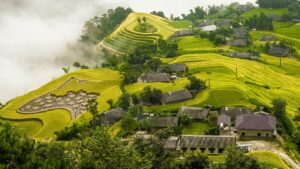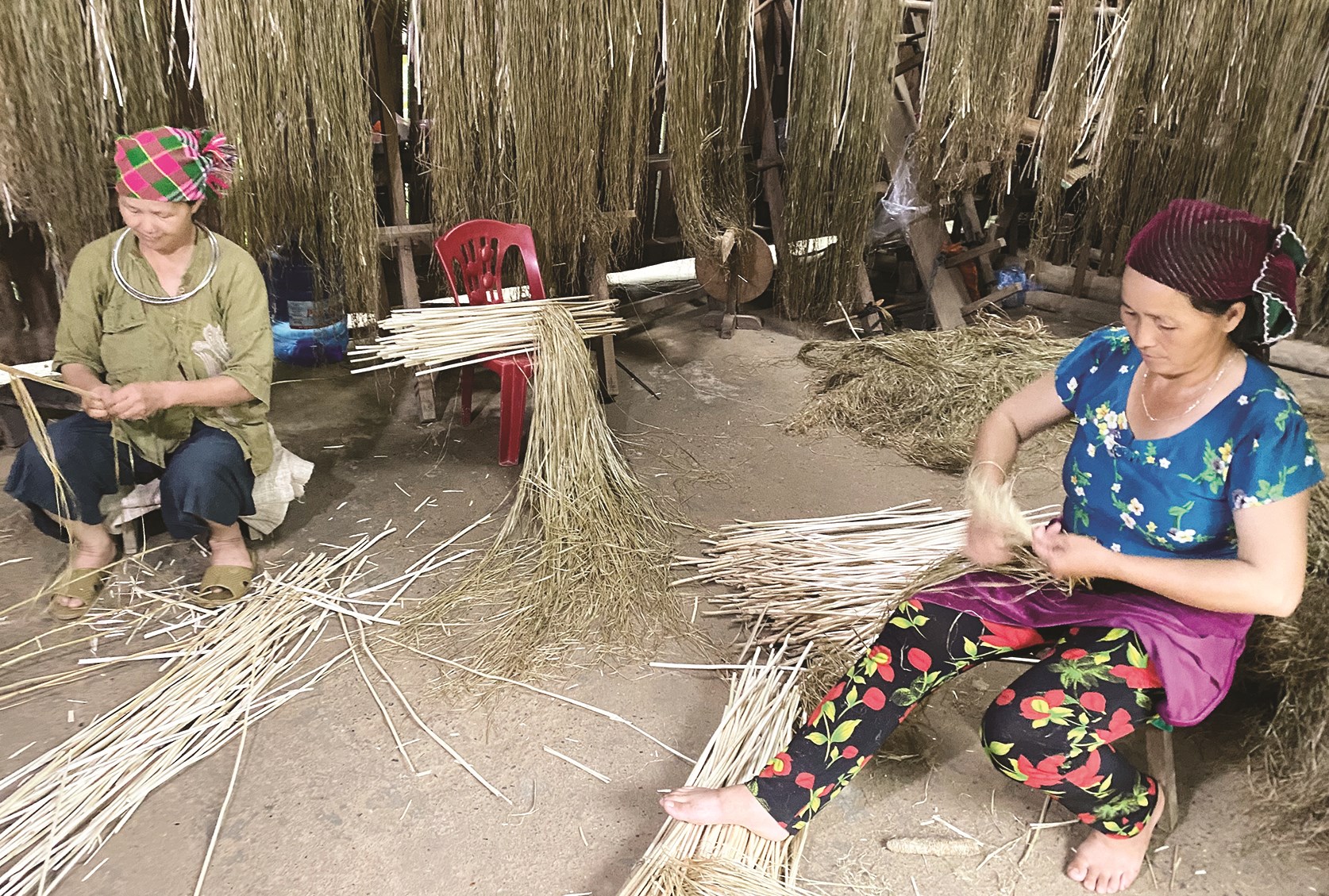How to Go Motorbiking in Ha Giang?

Exploring the Motorcycle Routes Around Ha Giang

Once we came to Ha Giang, we was fascinated by the beauty and people here, making me decide to stay to experience all the wonderful things of this land. Now, as a son of the Ha Giang (Dong Van UNESCO Global Geopark), we want to share with you the best tips so that you can really enjoy Ha Giang in the most complete and memorable way.
Table of Contents
Exploring the Motorcycle Routes Around Ha Giang: Real-Life Experiences from an Avid Rider!
Ha Giang is a promising destination for those who love adventure, with its winding mountain passes, majestic natural landscapes, and rich local culture. If you’re planning a motorcycle trip in Ha Giang, this guide will provide you with all the necessary information, from preparation, vehicle choice, to important road safety tips.
1. Preparation Before You Hit the Road
Before diving into the thrilling journey, thorough preparation will help you enjoy your trip safely and to the fullest.
Motorcycle: Make sure your bike is in the best condition before setting off. Check the tires, brakes, lights, and oil. If you don’t own a motorcycle or prefer not to ride one yourself, Ha Giang has many motorcycle rental services. Most rental bikes are automatic, suitable for mountainous terrain. If you choose to rent, ensure the bike is well-maintained and ask for a pre-trip check.
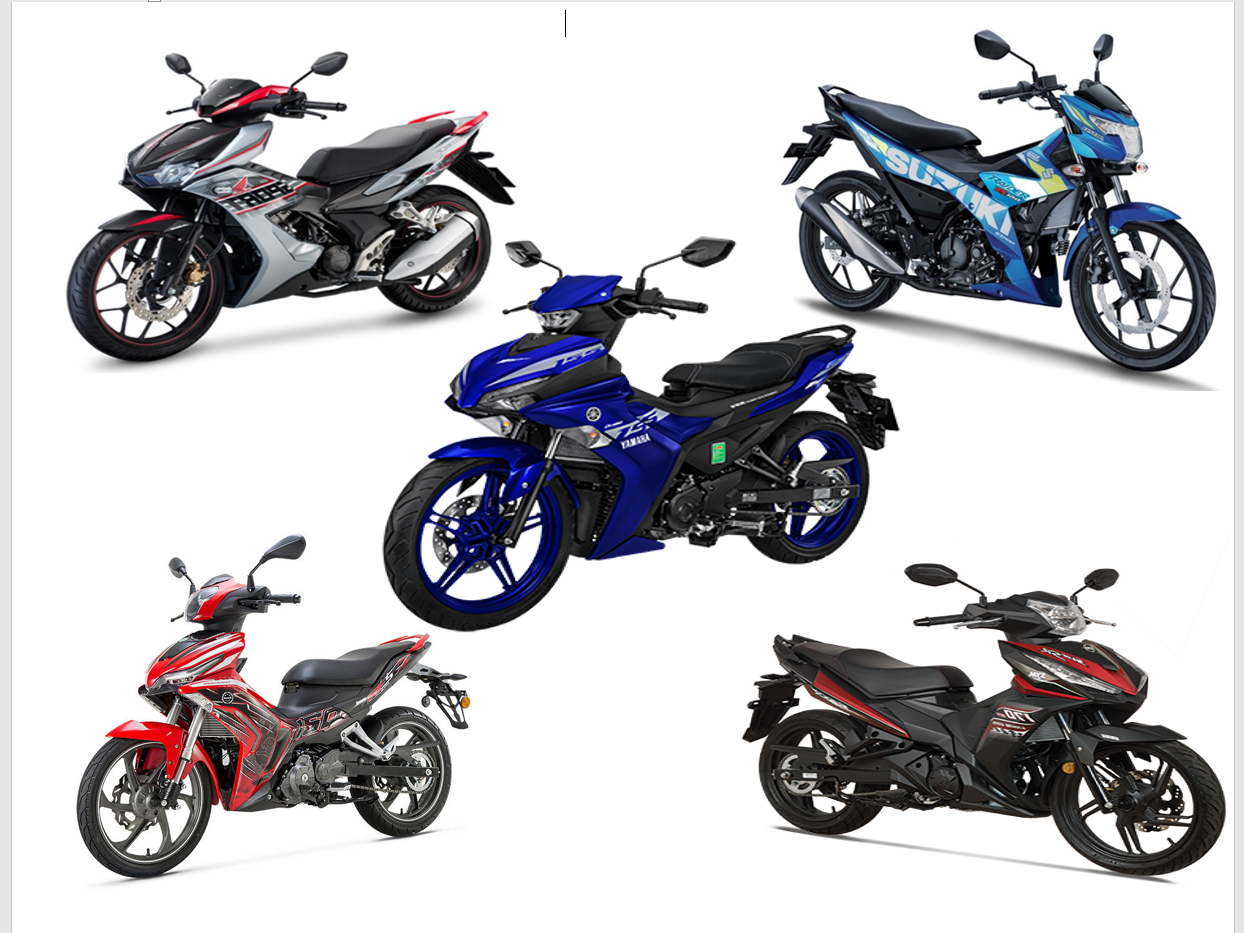
International Motorcycle License: If you don’t have a Vietnamese motorcycle license, make sure to bring an International Driving Permit (IDP). This is not only required by Vietnamese law but also necessary for insurance purposes in case of any incidents.
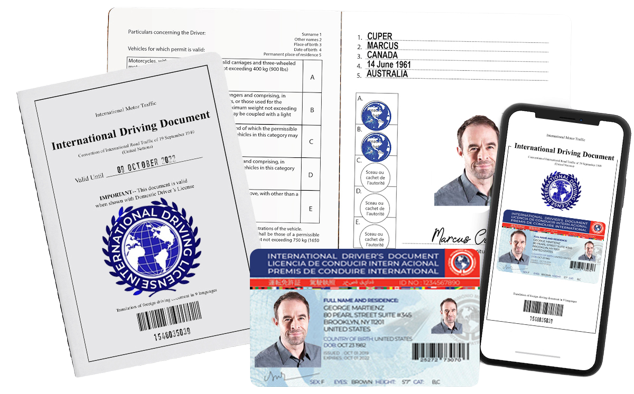
Clothing: Bring a windbreaker, hiking or sports shoes, gloves, and comfortable clothing. Don’t forget a raincoat in case the weather turns unfavorable. I once experienced an unexpected downpour on the Mã Pí Lèng Pass, and trust me, a raincoat will be your indispensable companion.

Protective Gear: Don’t forget a good-quality helmet, protective gear for your limbs, and sunglasses. The roads in Ha Giang have many steep and rocky sections, so safety should always come first.

Personal Items: Don’t forget to bring a map or download an offline map app, as some areas in Ha Giang may not have mobile coverage. A portable charger is also essential. You should also carry basic repair tools to handle minor issues that may arise on the road.
2. Motorcycle Operation Guide
Manual Motorbikes:
- Advantages: Easy to use, fuel-efficient, and suitable for most terrains.
- Usage Guide: Manual motorbikes have four forward gears and one reverse gear. To change gears, use your left foot to shift the gear lever. Start in first gear when starting the motorbike, then gradually shift up as you gain speed. When descending, shift to a lower gear (second or third) to utilize engine braking, which helps in controlling the motorbike better.

Manual Transmission Motorbikes (Clutch Motor ikes):
- Advantages: Powerful, suitable for challenging routes, and provides a more thrilling riding experience.
- Usage Guide: Manual motorbikes have a clutch lever controlled by your left hand, and the gear lever is operated by your left foot. When starting, you need to pull the clutch, shift into first gear by pressing the gear lever down, and then slowly release the clutch while twisting the throttle. To change gears, pull the clutch and shift up to increase gears or down to decrease gears. This requires skill and precise hand-foot coordination.
Large displacement motorbikes
- Advantages: Suitable for exploring dirt paths, climbing rocky slopes, or navigating challenging terrains.
- Notes: These motorbikes require good riding skills and understanding of the terrain. Motorbikes usually have powerful engines, high frames, and tires designed to grip better on rough and muddy surfaces.
Choosing the Right Motorcycle: For most riders, an automatic bike is the safest and most common choice for exploring Ha Giang. If you are new or not familiar with the terrain in Vietnam, an automatic bike will ensure your safety. Manual motorbikes are easier to repair if problems arise and are more fuel-efficient. If you want a more powerful experience, a manual bike or motorbike would be suitable, but ensure you have sufficient riding skills.

3. Itinerary for Exploring the Motorcycle Routes
The Ha Giang motorcycle journey can be divided into three main days, each taking you through breathtaking scenery and challenging roads.
Day 1: Ha Giang – Quan Ba – Yen Minh – Dong Van
- Quan Ba: Start your journey from Ha Giang city, traveling through the Bac Sum Pass to Quan Ba, known for the Quan Ba Heaven Gate and the legendary Twin Mountains.
- Yen Minh: Continue to Yen Minh, which features lush pine forests that give the impression of being in a Northern European forest.
- Dong Van: End the first day in Dong Van, where you can explore the peaceful Dong Van Old Town and enjoy local dishes.
Day 2: Dong Van – Meo Vac – Mau Due – Du Gia
- Ma Pi Leng Pass: Early in the morning, head to Meo Vac via the Ma Pi Leng Pass, one of the most beautiful and majestic passes in Vietnam.
- Mau Due: After exploring Meo Vac, continue to Mau Due, a less-visited area that offers a pristine and tranquil atmosphere.
- Du Gia: The day’s destination is Du Gia, a small village nestled in the mountains, famous for its cool stream and stunning natural scenery.
Day 3: Du Gia – Duong Thuong – Ha Giang
- Duong Thuong: From Du Gia, you’ll travel through Duong Thuong, a lesser-known route that provides unique experiences.
- Return to Ha Giang: Finally, return to Ha Giang city, concluding your memorable motorcycle adventure.
4. Must-See Places
- Vuong Family Mansion: A unique architectural structure with a strong influence of the H’mong culture.
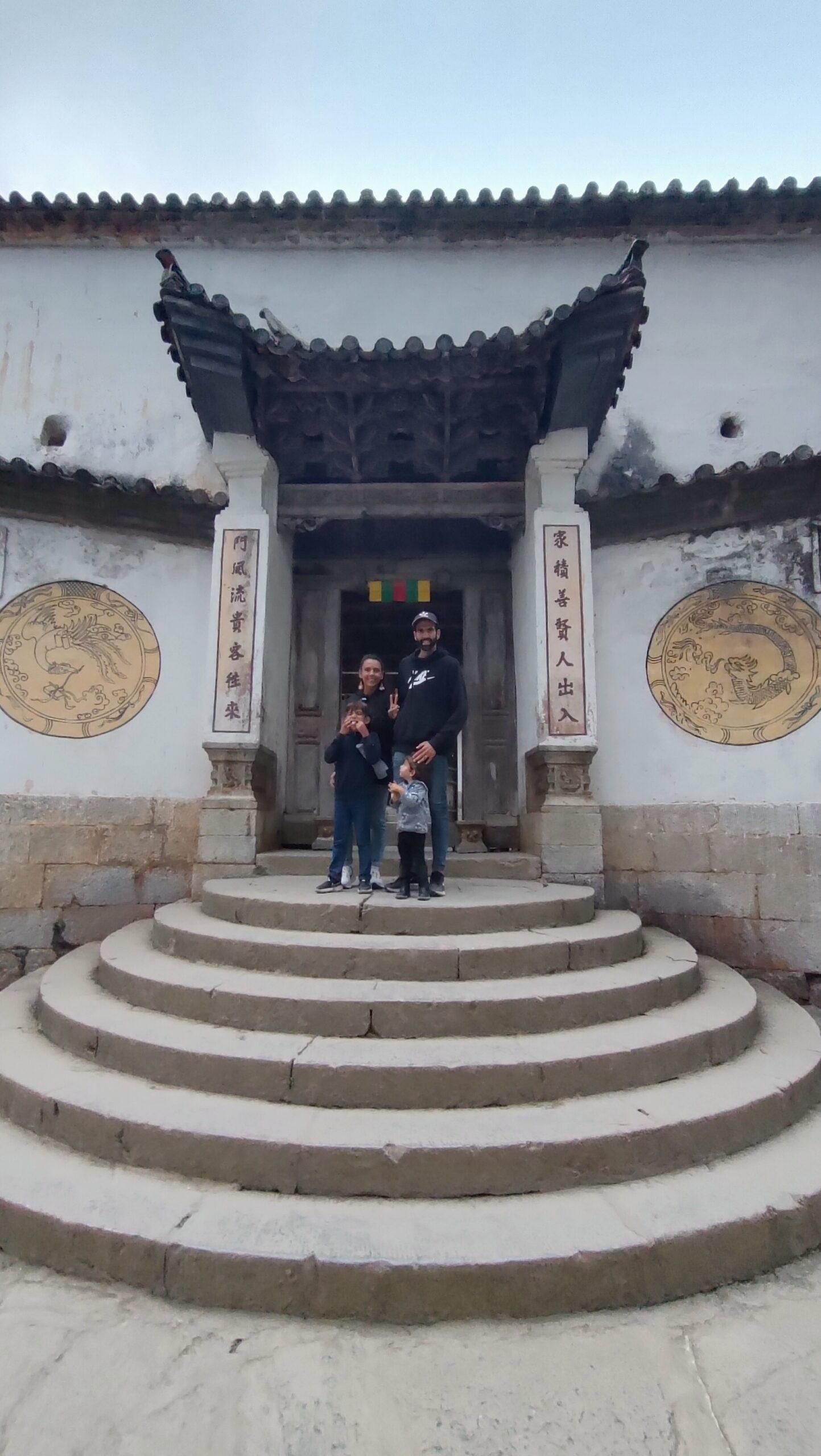
- Dong Van Market: Experience local culture and shop for traditional handicrafts.

- Lung Cu Flagpole: The northernmost point of Vietnam, where you can admire the border landscape and majestic terraced fields.

5. Safety Tips
- Control Speed: Always maintain a safe speed, especially on mountain passes and sharp turns.
- Watch the Weather: The weather in Ha Giang can change quickly, so be prepared for all conditions, particularly during the rainy season.
- Fuel Reserves: There are long stretches without gas stations, so make sure to fill up the tank whenever possible.
6. Conclusion
Exploring Ha Giang by motorcycle is not just about conquering winding mountain roads but also an opportunity to experience the natural beauty, culture, and people of the region. By preparing thoroughly and choosing the right vehicle, you’ll have a safe and unforgettable journey.

